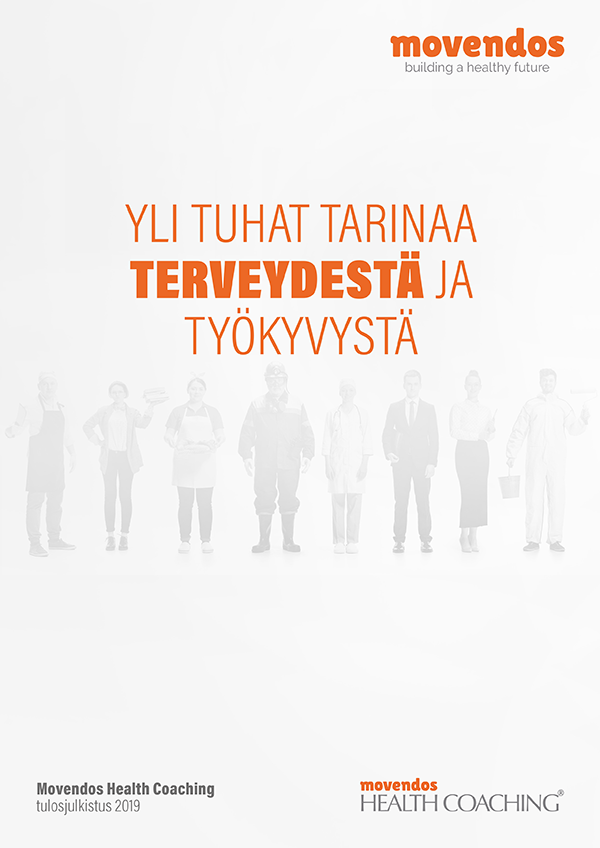In the world of social care and health, new ways to work and save costs are sought. An example of the most radical way of reforming health care work is the Dutch-based Buurtzorg (Neighborhood Care), a home-based home care service.
In the Buurtzorg model, the locals have a maximum of about 15 person care teams operating independently and the teams do not have a supervisor. The organization has completely removed the pyramid-like governance structure. Buurtzorg does not have a strategy, personnel or finance department, and 99.99% of the organization’s 10,000 employees work as caregivers in the field.
Buurtzorg has grown from a team of 10 to 12 in 12 years. Profitability is excellent and customers are very satisfied with the quality of service. With Buurtzorg, the team is free to decide on its schedule and operating methods and is responsible for all customer-related measures. The nurse knows all of their clients, and care and time management can be genuinely adjusted to the needs.
With the Buurtzorg model, customers need less than half the treatment and recover faster. Having gained more time from the nurse at home, it has been found that customers often take more responsibility for running their everyday life. Nurses are now fleeing from a number of other home care companies to get to Buurtzorg. All in all, this way of working becomes 40 % cheaper for society!
Openness and freedom bring not only responsibility, but also reward
Buurtzorg is just one example of a new way to think about the structure of an organization. Thinking is just emerging and basically the question is that power and responsibility are no longer in the hands of a few and selected ones, but are shared across the organization. No one has the power over others and everyone is at the same joint responsibility. This means that every Teal organization can go on promoting new ways of working and making decisions, including investment decisions. However, the decision cannot be made without consulting those affected by the decision, and everuone is also responsible for one’s decisions.
It also includes thinking that all information within an organization is open to everyone, including wages and information about the financial situation of the organization. The teams also agree on wages. Team scores and scorecards are open to everyone throughout the organization. The washing of new employees is also in the hands of the teams. If needed, teams receive training-type help from the organization, but all decisions are made by teams.
The Teal organization functions as a living organism that reacts to external stimuli (customer needs, financial situation, new opportunities), changing its way of working and its structure quickly. Good practices spread from one team to another, and ineffective solutions quickly disappear.
The clear purpose of the organization creates a thriving work culture, which is also reflected in the quality of life of customers
An organization needs to have a clear and well-defined purpose to guide action. Buurtzorg is helping its customers to live a rich, meaningful and autonomous life. At the same time, the aim is to measure the activity: does the new approach or idea help achieving the purpose better? If the answer is “yes” or “maybe” then try it out. A purposeful organization, where everyone has the power and responsibility, helps to create a culture where internal motivation can grow and flourish.
Information technology and digitalisation are keys in creating a Teal organization. An organization cannot work if information does not flow freely and quickly. In the Teal model, the use and development of systems is entirely driven by the user needs, and only systems that genuinely help the organization achieve its goals are introduced. Tools are not selected top-down, but bottom-up. Good practices are spreading, bad ones die away.
In practice, Teal organizations are still very rare. I myself believe that Teal’s thinking could well help to create the real big reform in social and healthcare sector. This would let health professionals to fully realize the call they have to the industry, helping people.
***
For those interested in the Teal model, please read Frederic Laloux’s book “Reinventing organizations”.
The writer of this blog, Dr. Hannu Nieminen, is the Director of Research in Movendos. Hannu has a long background in research on health technology development. Among other things, he’s leading the Personal Health Informatics research group in Tampere University, Finland.





